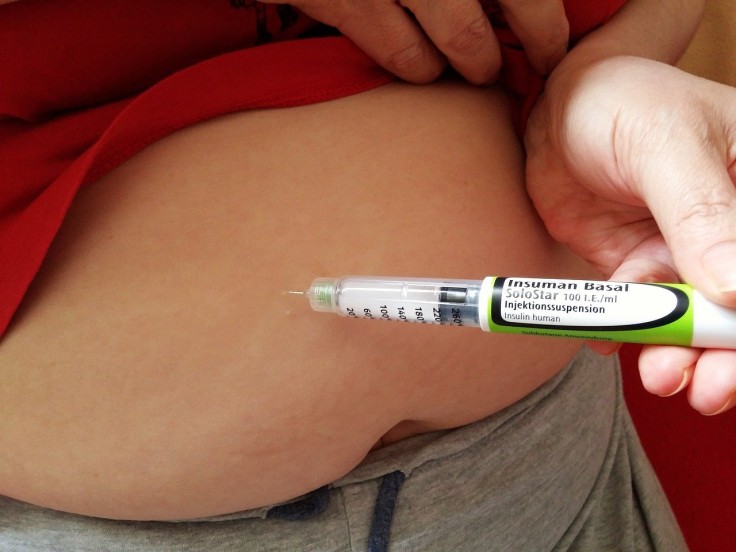
The automated insulin system for use by kids with Type 1 diabetes has been approved by the FDA.
The American Diabetes Association says that there are about 210,000 young Americans under 20 who have diabetes. When you have Type 1 diabetes, you need to monitor your blood sugar and administer insulin consistently throughout the day. That is not easy to do, especially if the patient is a young kid.
That is why experts are pushing for hybrid closed-loop systems to make the task less burdensome. Thankfully, the FDA already approved an automated insulin system that will do the job.
The new device is called MiniMed 770G System. It is a Bluetooth-enabled system and can be used for children aged two to six years. It is an updated version of the Minimed 670G system, which was intended for patients aged seven or older only. The new device will provide parents with peace of mind while giving the patient more freedom.
Automated insulin system helps ease burden of managing diabetes
Families with a Type 1 diabetes patient know how difficult it can be to manage the condition. They need to monitor blood sugar levels consistently throughout the day, so the patient's blood sugar level does not go too low or too high. When needed, they also need to administer insulin using a syringe, pen, or pump. Indeed, it is a painstaking process.
However, kids will still be kids. They need to play, learn, and be active. If possible, with little to no interruption. It would be hard if they need to monitor their sugar level every so often throughout the day.
Now, the automated insulin system will help ease the burden of managing Type 1 diabetes. The MiniMed 770G is a hybrid, closed-loop diabetes management device. It can automatically monitor the patient's sugar level and administer insulin doses when needed. This means that the patient or the caregiver will only provide little to no input at all.
The caregiver will only need to attach the system's sensors, insulin pump, and infusion patch to the patient's body. The system can then do its job of measuring the glucose levels every five minutes. Depending on the results, the system will either give more insulin or withhold it.
The patient or caregiver can connect the system to an app that will allow them to view the patient's insulin levels in real-time. The smartphone app can also send an alert if the patient's sugar levels go beyond the desired levels.
Automated insulin system tested for safety
Is it safe to use? The FDA did evaluate clinical trial data to ensure that the device is safe to use. The trial included 46 children with Type 1 diabetes and are two to six years of age.
During the trial, patients wore the device for three months. They tested it during at-home periods and hotel periods to see how it responds with sustained daily exercise. The study results revealed no serious adverse events, which indicates that it is safe to use.
Still, the FDA requires the manufacturer to conduct a post-market study. The study is aimed at evaluating the device's performance in real-world settings.However, patients younger than two years old, and individuals with less than eight insulin daily units should not use this device.
Read also:
Power Wheelchairs Could Soon Be Fitted With a Smart Safety System
Solar Energy Trading Platform Being Developed by Singapore Start-Up Company









